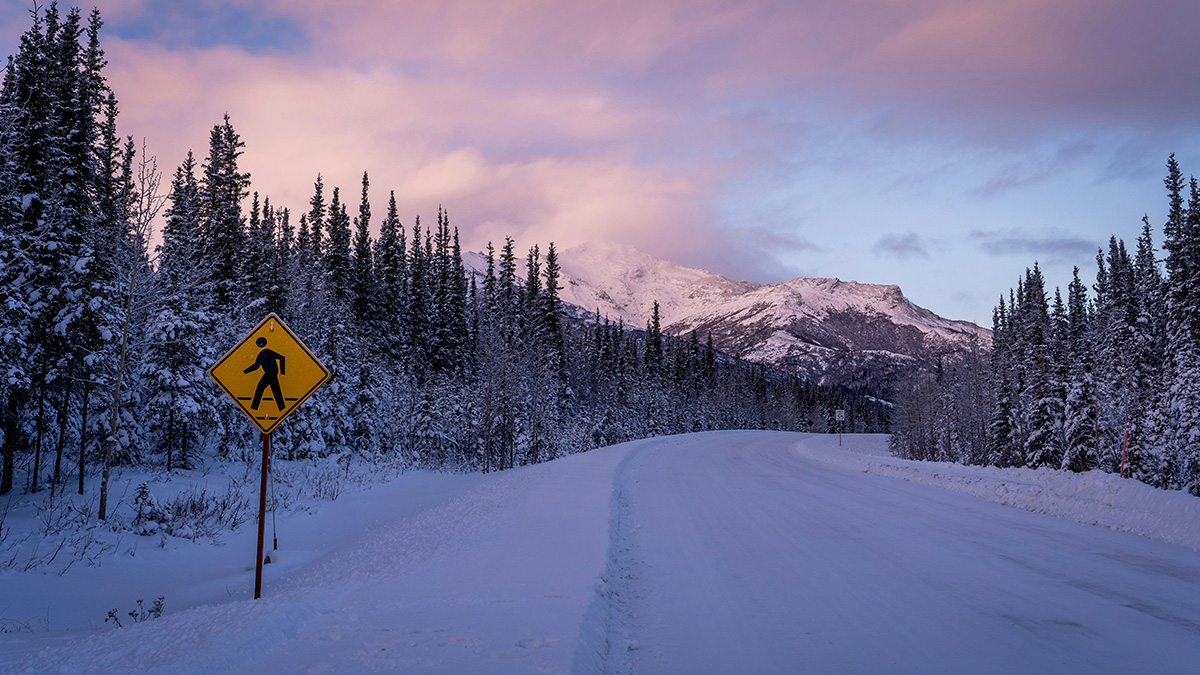As temperatures drop and snow begins to blanket the roads, even the most seasoned drivers can face serious challenges. Winter weather brings a mix of beauty and danger, especially for those behind the wheel. Navigating icy roads, limited visibility, and unpredictable conditions demands both preparation and caution. Here's what every driver should know to stay safe during the colder months.
Get Your Vehicle Winter-Ready
Before venturing out in wintry conditions, preparation starts with your vehicle. Cold weather affects nearly every system in your car. Ensuring that your battery is fully charged, tires are properly inflated with sufficient tread, and that all fluids—particularly antifreeze and windshield washer—are topped off is essential. Equip your car with winter-grade windshield wipers and keep a scraper and small shovel in the trunk. A well-stocked emergency kit should include warm blankets, non-perishable food, water, flashlight, and traction aids like sand or kitty litter.
Maximize Visibility in Harsh Conditions
Visibility becomes a critical safety factor in winter. Ice and snow buildup can dramatically reduce what you—and others—can see. Before hitting the road, clear all snow and ice from your windows, mirrors, lights, and roof. During nighttime driving, which is more frequent in winter months, double-check that your headlights and taillights are clean and functioning. Fog, sleet, or snow can scatter light and obscure your vision, so driving with low beams is often safer than high beams in a storm.
Drive with Intention and Caution
Once you're on the road, slow and steady becomes your best approach. Quick acceleration, sharp turns, and sudden braking are recipes for losing control on slick surfaces. Increase your following distance and anticipate stops well in advance. If your car begins to skid, resist the urge to slam the brakes. Instead, gently steer in the direction you want to go and ease off the gas until you regain traction.
Watch Out for Nighttime Hazards
Nighttime adds another layer of complexity. Reduced light and freezing temperatures increase the risk of black ice—a nearly invisible hazard that tends to form on bridges, overpasses, and shaded road sections. If you must drive at night, be extra alert for glistening patches on the pavement and avoid sudden maneuvers.
When in Doubt, Don’t Go Out
Above all, know when to stay put. If conditions are severe, postponing your trip might be the safest decision you make. Check weather reports, local advisories, and road closures before leaving, and always let someone know your route and estimated arrival.
Final Thoughts: Confidence in the Cold
Winter driving doesn't have to be stressful or unsafe. With the right preparation, a steady mindset, and a reliable support system, you can handle even the iciest roads. As a Liberty Lane Roadside member, you're never alone. Our support is ready around the clock to help keep you—and your journey—safe, no matter what winter throws your way.








